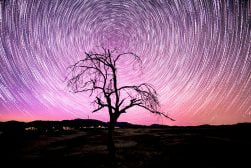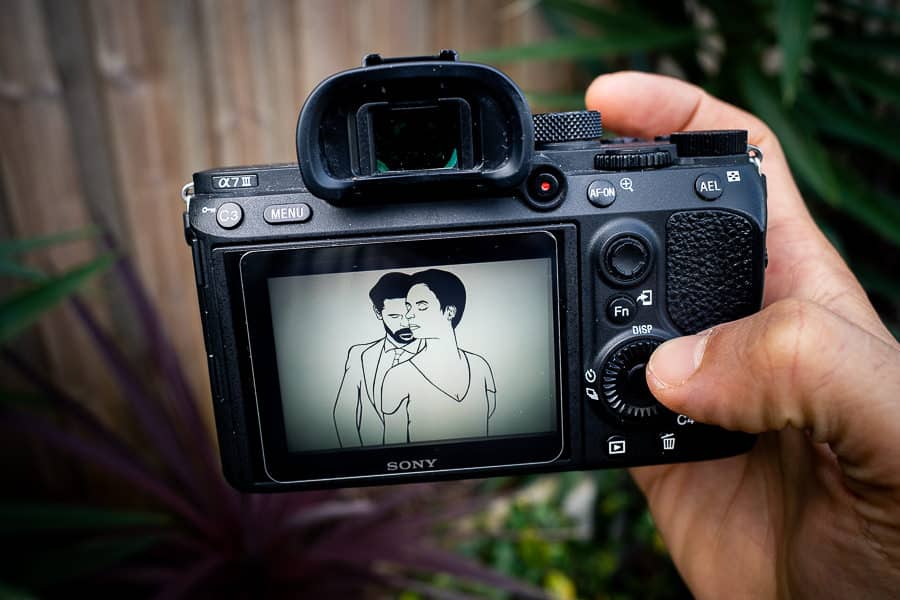

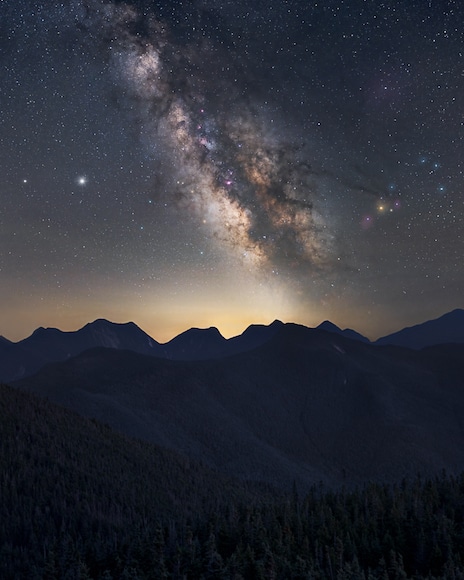


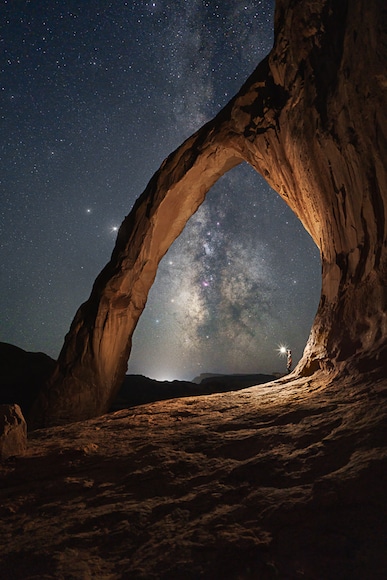
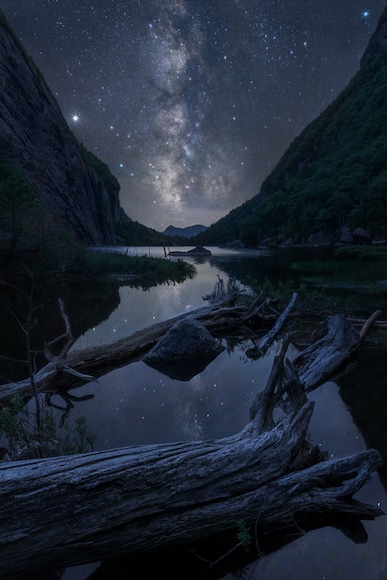

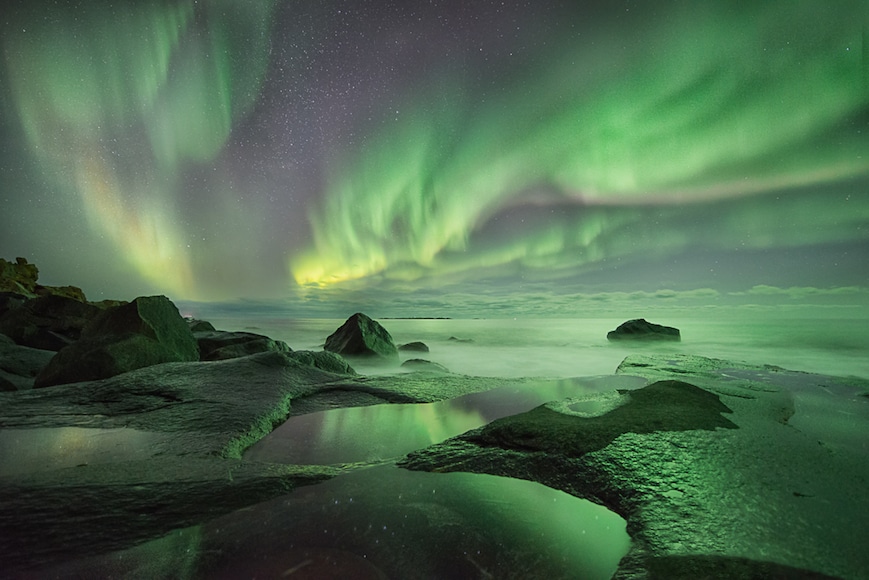
Dan Zafra
Landscape | Last Updated: March 11, 2021
Hi everybody! My name is Dan Zafra, I’m an astrophotographer from Spain based in Pennsylvania, in the United States. My passion for photography started many years ago when I started traveling and I felt the urge to capture all those moments that were meaningful to me.
In the beginning, I focused mostly on photographing landscapes but as I started shooting the Milky Way, the Northern Lights and other night-sky images, I became completely hooked on astrophotography.
It’s very difficult to put into words the experience of being alone with the universe under a dark starry sky; I’m always mesmerized by the beauty of the stars, the planets, and the nebulae, as well as other amazing phenomena like the Aurora Borealis.
Technically, astrophotography is a bit more challenging than other genres; you need cameras with bigger sensors and pixels to increase the signal-to-noise ratio and fast lenses to capture as much light as possible. Besides, there are other fundamental tools like equatorial mounts to track the movement of the stars and take long exposures.
Nowadays, this is the gear that I’m currently using to capture the night sky.
Cameras
Sony A7R Mark IV – This is my main camera and it offers a Full-Frame sensor with a superb dynamic range, a key element to capture details in the shadows. It also has a very high megapixel count – most astrophotographers prefer Full-Frame with low-megapixel cameras, but in my case, I crop and print my images, so I need high-res files.
The good thing about this camera is that it’s optimized to offer the best quality shooting in low-light and at high-ISOs, so the ISO is not as evident as it could be in a camera with 61 megapixels.
Sony A7 II – This is my second camera. It’s also a mirrorless camera with a Full-Frame sensor and a lower megapixel count: 24.3 MP. I use this camera mostly for shooting time-lapse of the night sky like the Milky Way and Northern Lights. The performance in low-light is not as good as in newer models like the Sony A7III, but it’s still good enough for its purpose.
Lenses
Sony 20mm f/1.8 G – This is my absolute favorite lens for astrophotography. I usually prefer shooting astronomical objects with areas of the landscape, and for that purpose, this is in my opinion the perfect lens. It’s super light and fast, and you can use it for many different shootings like stills, time-lapse, video, etc.
Sony 16-35 GM f/2.8 – This is a versatile, light, and very fast lens. It’s also perfect for night photography. I prefer this model over other popular Ultra Wide-Angle lenses like the Sony 12-24 f/2.8 or the Sigma 14-24 f/2.8. This, of course, is a personal choice.
Rokinon 14mm f/2.8 – This Rokinon (Samyang in Europe) lens is one of the best lenses for anyone starting in wide-field astrophotography. This lens is not perfect, it has some distortion, vignetting, and chromatic aberrations. However, the general quality-price is superb.
Sony 24-105mm f/4 – This is one of Sony’s best all-around lenses. It’s not as fast as other models, but it’s super versatile and you can take great images if you use it along with a star tracker in your kit.
Sony 50mm f/1.8 – This is my lightest lens and a great option for shooting details of the night sky as well as considerable regions of the night sky like the Orion constellation.
Rokinon 135mm f/2 – This is one of the most popular short telephoto lenses for astrophotography. It’s a prime and very fast lens, and even though the field of view is very narrow, you can combine different images to create a big panorama of the night sky.
Sony 100-400mm f/4.5-6.3 – This is my main lens for deep astrophotography (sometimes paired with the Sony FE 1.4 X Teleconverter). I use it to shoot far objects like the Andromeda Galaxy and other nebulae.
Sony FE 200-600mm f/5.6-6.3 – This is a heavier and bulkier lens but it’s great for certain astronomical objects and other elements like the moon.
Sony FE 1.4 X Teleconverter – I use this teleconverter when I need to increase the reach for shooting different astro objects.
Tripods
As for tripods, I use ultralight carbon fiber tripods that are compact and sturdy since I usually travel to take my astro images in the darkest possible skies. These are the two main tripods that I use for shooting stills and time-lapse: SUNWAYFOTO T1C40T and the Sirui 1204–X.
I pair these tripods with the following ball heads: SUNWAYFOTO EB-36 travel tripod ball head and Sirui K-10 X Ballhead.
Filters
Lucroit Night Filter – I use this night filter created by Lucroit to reduce light pollution in my images.
Star-Tracker
Skywatcher Star Adventurer Pro – This is an essential piece of gear in any astrophotographer’s bag. Using this equatorial mount, you can track the movement of the stars taking longer exposures of the night sky with more quality and less digital noise. I use this in most of my images and it’s a must for any type of deep-sky astro.
Other pieces of gear
Mini Maglite -I use this flashlight to illuminate elements and when I want to include myself in the scene.
Batteries – I always use three official Sony batteries for each camera. I’ve used different clone batteries over the years and even though they’re cheaper, their life span is much shorter, dying quickly after a few months.
Memory cards -I use the Sony tough SD cards models since they’re very fast and reliable.
And that’s all! I use some other pieces of gear like photography gloves, a laser to do the polar alignment when I set up my star-tracker, a lens warmer to avoid condensation, and some small things that are useful when shooting these types of images.
I hope you found this helpful and if you have any questions about astrophotography or about the gear that I use, don’t hesitate to ask ;)








